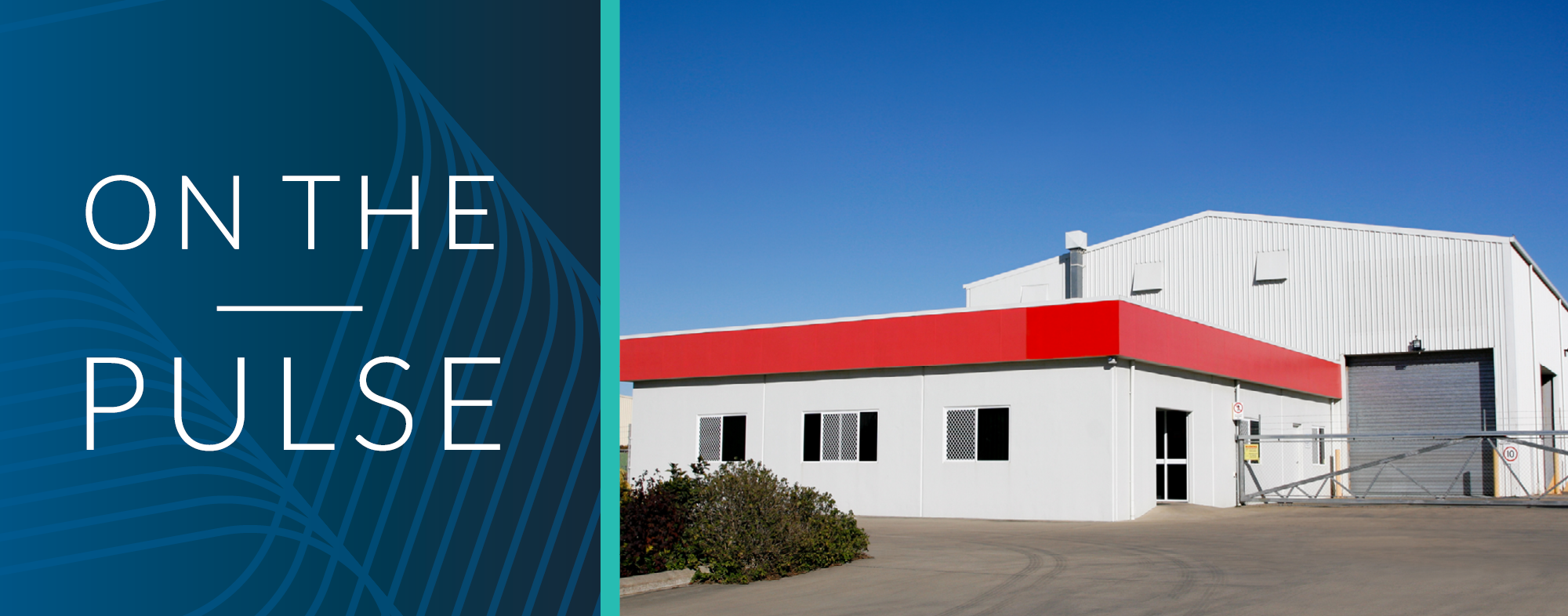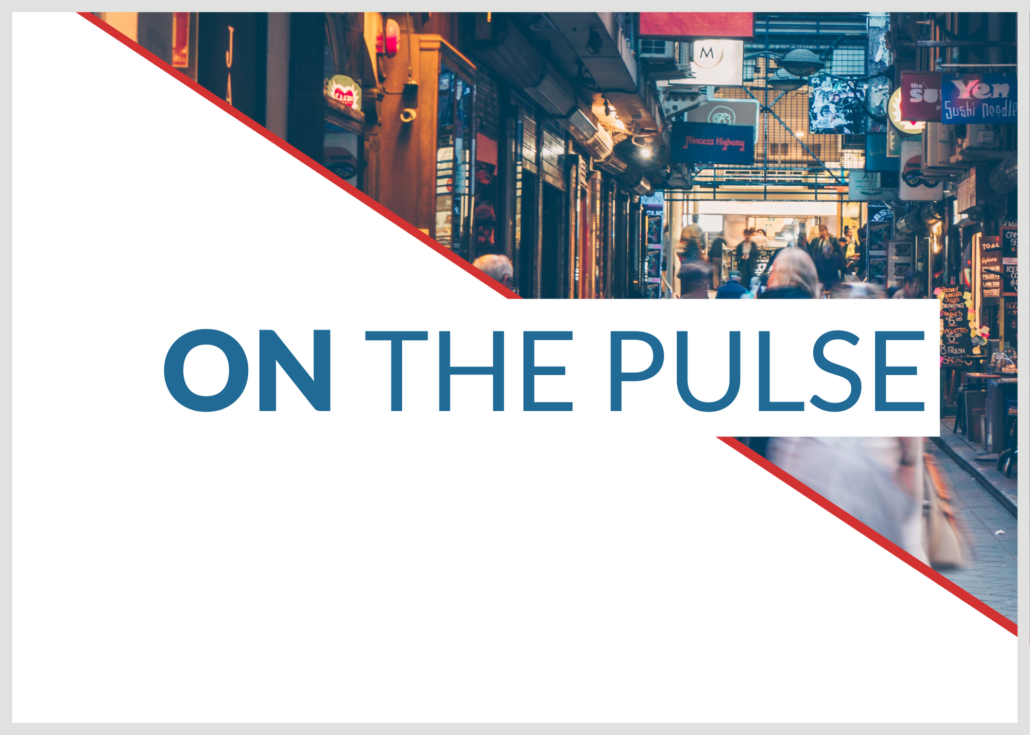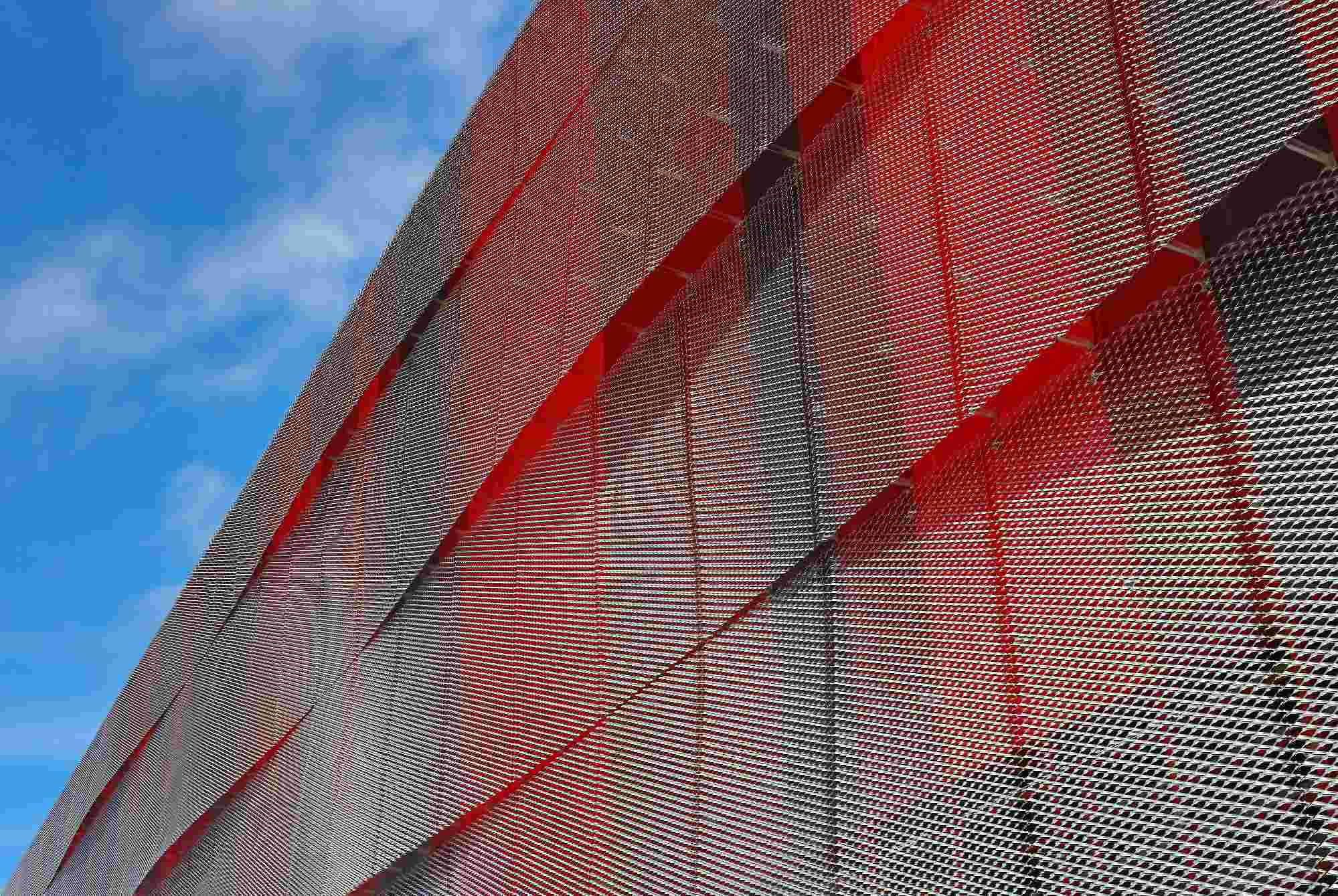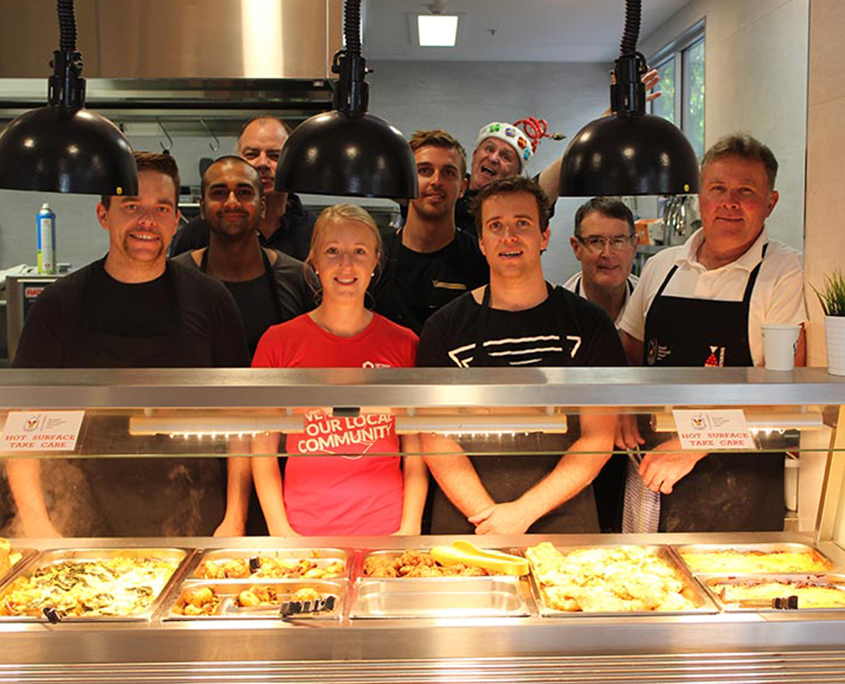Core Industrial Yields Hold Firm Amid Economic Shifts
Newsletter

Author: Ross Turner, General Manager, Australian Valuation Operations
Despite global economic uncertainty, Australia’s industrial property sector continues to demonstrate remarkable resilience. Analysis of Opteon’s cap rate/ net yield data across national metropolitan and regional markets reveals that industrial assets remain a cornerstone of investor confidence.
Yields Tighten as Confidence Builds
Over the past 10 quarters, the median net yield for industrial assets has tightened from 5.16% in Q1 2023 to 4.92% in Q2 2025 — a 24-basis point contraction. This occurred even as the government 10-year bond rate rose by 72 basis points, from 3.59% to 4.31%. The narrowing spread between yields and bond rates underscores the sector’s enduring appeal and defensive characteristics.

Investor demand remains strong across Sydney, Melbourne, and Brisbane, driven by:
- eCommerce growth and logistics demand
- Limited supply of prime industrial stock
- Owner-occupier activity, particularly in Melbourne’s west and Brisbane’s southern corridor
According to Australia Post’s 2025 eCommerce Report, 2024 saw record-breaking online spending of $69 billion, with three-quarters of Gen Z and Millennials planning to increase online shopping. This trend continues to fuel demand for last-mile logistics and warehousing.
Regional Markets: Softer Yields Persist
Regional industrial markets, including Newcastle, Geelong, and Townsville, offer softer yields of 30 to 150 basis points over metro areas. While these markets exhibit slightly more volatility, they remain attractive for investors seeking:
- Higher income returns
- Lower entry costs
- Strategic infrastructure proximity, such as Inland Rail and regional ports.
Vacancy rates in regional hubs generally remain low, unless disrupted by exiting of major employers (e.g. Mount Isa), and rental growth has been steady, particularly in areas with strong manufacturing or agricultural logistics links.
Drivers Behind Tighter Cap Rates in Opteon’s Analysis
Opteon’s classification of core industrial cap rates as a sub-sector of the broader industrial market reveals nuanced trends that diverge from institutional benchmarks and focuses on property with a sub $20 million value. A key distinction lies in the influence of the owner-occupied segment, which plays a dominant role in shaping valuation outcomes.
Unlike institutional investors who typically seek returns aligned with broader market expectations, owner-occupiers are often driven by operational imperatives. These businesses, frequently backed by strong trading performance, prioritise strategic location, logistical efficiency, and long-term control over premises. As a result, they are willing to pay premiums that compress cap rates, placing less emphasis on traditional investment metrics.
Compounding this trend is the decline in available stock, particularly in some regional markets (ie Shepparton in North East Victoria). Limited supply has intensified competition for quality assets, further driving down yields. This scarcity is exacerbated by the rising cost of industrial construction, which has made new developments less financially viable and increased the relative value of existing assets.
Together, these factors contribute to a market environment where net yield analysis and resulting cap rates in Opteon’s analysis appear lower than those observed in institutional markets. The interplay between strategic owner-occupation, constrained supply, and elevated construction costs underscores the unique dynamics of Australia’s industrial property landscape and reinforces the sector’s resilience amid broader economic shifts.
Core Industrial Market Outlook
The industrial market is poised for renewed momentum through the remainder of 2025 and into 2026. Following a period of pricing dislocation and subdued transaction volumes, the market is now entering a phase of recovery and growth, supported by several key drivers:
Investor Confidence and Liquidity
Investor sentiment is rebounding, with capital re-engaging across core markets. Anticipated interest rate cuts are expected to improve liquidity, encouraging a material uplift in investment volumes. Offshore capital is increasingly targeting Australian logistics and industrial assets, contributing to heightened competition and potential yield compression in late 2025.
Yield Compression and Asset Demand
Prime industrial assets in Sydney and Brisbane are leading the charge, with strong demand driving yield compression. This trend reflects the sector’s defensive qualities and its appeal amid broader market volatility. As asset values recover and market rents begin to catch up, investors are positioning themselves to benefit from cyclical recovery and medium-term rental growth.
Supply Constraints and Construction Costs
Tightening supply, particularly in well-connected urban and regional precincts, continues to support rental growth and asset value appreciation. Elevated construction costs are reinforcing the value of existing stock, especially modern warehousing and logistics facilities.
Ross Turner
General Manager, Australian Valuation Operations
ross.turner@opteonsolutions.com
Subscribe to Receive the Latest Property Insights!
DISCLAIMER
This article is produced by Opteon Property Group Pty Ltd. It is intended to provide general information in summary form on valuation related topics, current at the time of first publication. The contents do not constitute advice and should not be relied upon as such. Formal advice should be sought in particular matters. Opteon’s valuers are qualified, experienced and certified to provide market value valuations of your property. Opteon does not provide accounting, specialist tax or financial advice.
Liability limited by a scheme approved under Professional Standards






